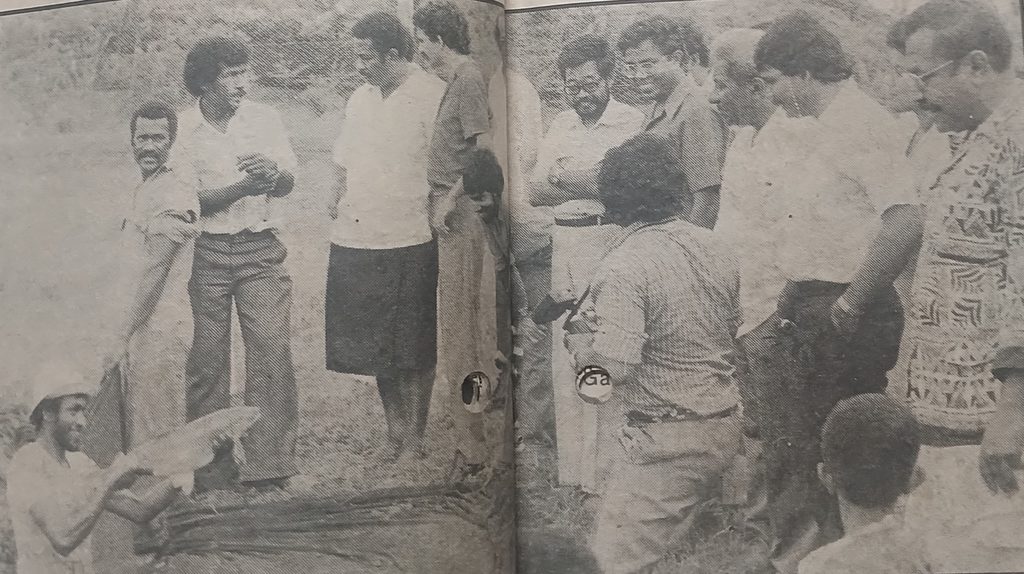AN article published in The Fiji Times on February 3, 1983 reported the grass carp, introduced to Fiji to control weeds in the Rewa River, was doing well.
Japanese aquaculture experts were pleased with it. The fish was brought from India, New Zealand, and China.
The article said the vegetarian fish could grow up to 10kg.
A fish farm at Naduruloulou, near Nausori, had a stock of about 8500 carps which was ready to be put into the river.
There, it was expected to spawn naturally. The eggs are washed out to sea before hatching.
The fish did not spawn under pond conditions and Japanese aquaculture experts were devising culture methods to produce carp fingerlings.
They are experimenting with hormone injection techniques to induce spawning and surveying the Rewa River to collect naturally spawned eggs to grass carp.
The Naduruloulou farm was one of the several Japanese Technical Co-operation projects in Fiji which government, statutory body executives and local journalists visited the previous week.
Fisheries division staff members were also experimenting with river prawns at the farm, building a reservoir, water pipping system and fences.
An expert said another fish, the puntiusgonionotus which was introduced from Malaysia to induce breeding of grass carp, escaped into the Rewa River during a flood in 1980.
The fish flourished from the estuaries to the upper parts of the river around Nukuloa. The largest ones weighed about 2kg.
The body of the fish was silvery, dark on the back and white on the lower body, growing to a maximum length of more than 50cm.
It was good for drying and salting.
The expert said the grass carp was also good for eating and many villagers in the area were fishing for it.
The tour also visited the Fiji Broadcasting Commission, Telecommunications Training Centre, fisheries division at Lami, Ika Corporation, Ministry of Energy and Mineral Resources and the Rewa Irrigation Scheme and rice production at Lakena.
About a dozen Japanese experts worked in these places.



